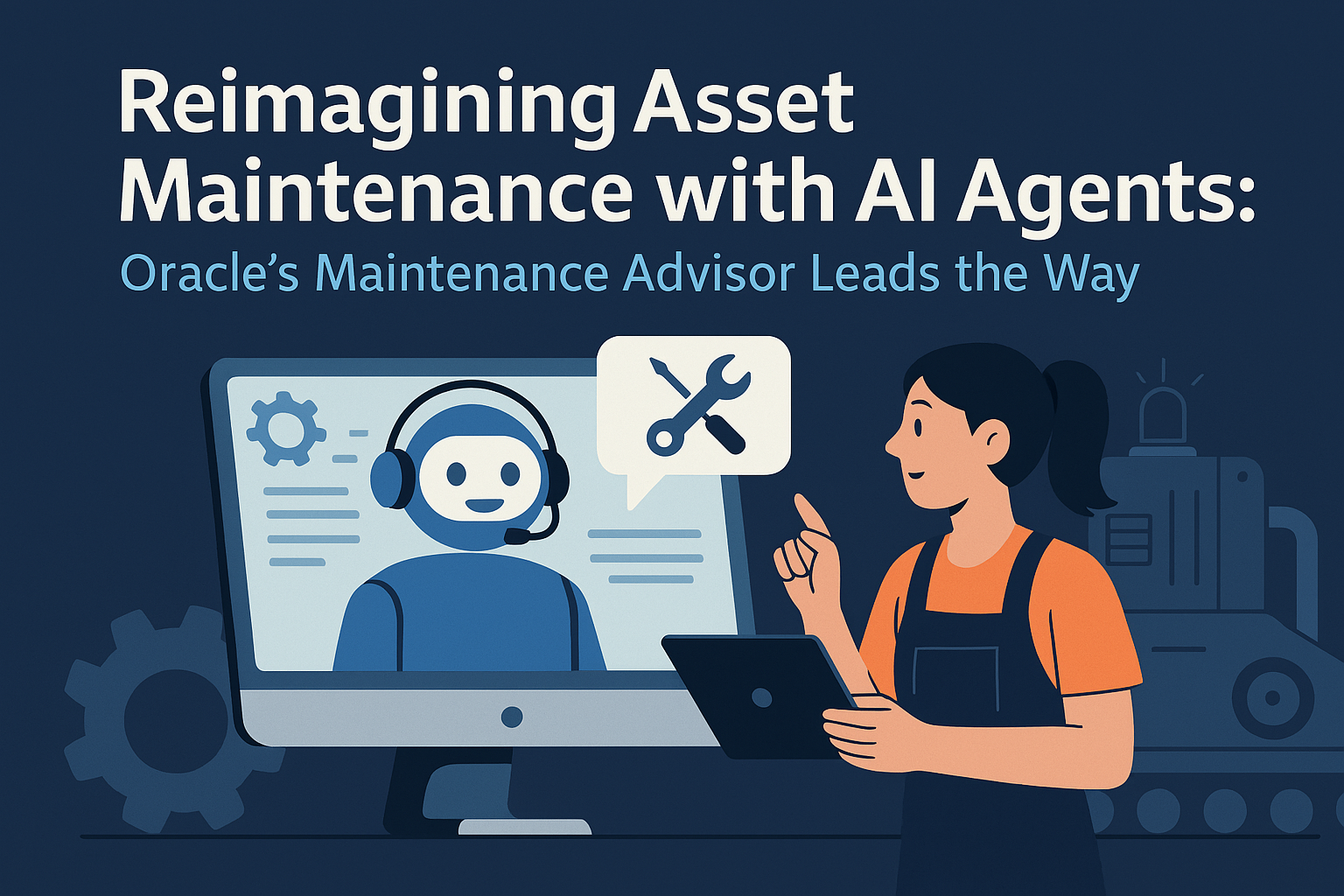How AI is Revolutionizing Patient Diagnosis: Faster, Smarter, More Accurate

In the fast-paced world of modern healthcare, every minute counts. A delayed or inaccurate diagnosis can mean the difference between early intervention and a health crisis, between hope and despair. Imagine a patient, Emily, struggling with vague symptoms for months—only to discover far too late that she has a treatable form of cancer. Her story, unfortunately, echoes across the globe. One of the biggest bottlenecks in healthcare is timely and accurate diagnosis. But now, thanks to Artificial Intelligence (AI), we are on the cusp of a revolution—one that promises not just speed but also precision.
Healthcare providers are increasingly turning to AI-powered tools to transform patient diagnosis, from detecting diseases early to ruling out human bias in medical imaging. But how does it work? What problems does it solve? And, most importantly, how does it change outcomes for patients like Emily?
Timely diagnosis is often hindered by multiple roadblocks:
Data Overload: Doctors are overwhelmed with ever-expanding datasets—imaging scans, lab reports, patient histories, and clinical notes.
Human Fatigue: Even the most skilled physicians can overlook subtle indicators, especially under high-pressure, high-volume conditions.
Resource Constraints: Radiologists, oncologists, and other specialists are often overburdened, leading to long waiting times for critical evaluations.
Subjectivity and Bias: Two doctors may interpret the same scan differently, leading to discrepancies in diagnoses.
The consequence? Diseases like cancer, tuberculosis, and neurological conditions go undiagnosed or misdiagnosed, leading to worsening patient health and skyrocketing treatment costs.
Enter AI—ready to not only assist but enhance the abilities of human healthcare providers.
1. Analyzing Medical Imaging Faster and Smarter
Medical imaging is one of the most prominent areas where AI has shown remarkable results. For example:
AI algorithms trained on thousands of X-rays, MRIs, and CT scans can detect anomalies with precision that sometimes surpasses human radiologists.
In breast cancer detection, AI-based tools have achieved up to 95% accuracy, flagging subtle early signs that human eyes might miss.
Take the case of hospitals using Google’s AI tools for detecting diabetic retinopathy—an eye condition that can cause blindness. The AI scans retinal images in seconds, detecting early signs of disease, often with greater accuracy than manual reviews.
2. Unlocking Patterns in Lab Results and Data
AI-powered systems can integrate patient records, lab results, genetic data, and even wearable device data to find patterns. Tools like IBM Watson Health analyze massive datasets to identify potential correlations between symptoms, lab values, and diseases. A patient presenting seemingly unrelated symptoms can now receive an accurate diagnosis based on thousands of prior cases.
3. Detecting Rare Diseases
For rare diseases that typically elude traditional diagnostic methods, AI can help. Tools like DeepMind's AlphaFold analyze complex genetic data to identify mutations linked to rare conditions, enabling targeted treatment before irreversible damage occurs.
For instance, an AI model trained to detect Gaucher disease—a rare genetic condition—was able to analyze patient patterns from electronic health records and suggest accurate diagnoses at a fraction of the time it would take manually.
The impact of AI on diagnosis is threefold:
Faster Results: AI dramatically reduces diagnosis time. Conditions like pneumonia or fractures, which may take hours to confirm manually, can be flagged in minutes.
Higher Accuracy: With its data-driven precision, AI reduces the risk of false positives and negatives. In oncology, AI tools have already proven their ability to identify small tumors invisible to human eyes.
Personalized Medicine: AI systems analyze genetic data, lifestyle factors, and treatment responses to recommend personalized care plans, increasing the likelihood of recovery.
Take Emily’s story again. With AI-enhanced imaging and real-time predictive analytics, Emily’s cancer would have been detected at stage I instead of stage III, giving her the chance to pursue less invasive treatments and enjoy a full recovery.
While AI holds immense promise, it’s not without challenges:
Trust and Adoption: Many healthcare providers are still learning to trust AI-driven tools, often viewing them as experimental rather than proven solutions.
Data Privacy: AI thrives on data, but sharing sensitive medical data raises privacy and security concerns, which must align with regulations like HIPAA and GDPR.
The Human Factor: AI is not a replacement for clinicians; instead, it is a collaborator. A human-in-the-loop approach ensures clinicians leverage AI insights but ultimately make the final call.
The solution lies in an AI-augmented healthcare model, where AI does the heavy lifting—scanning datasets, identifying anomalies, and recommending probabilities—while physicians validate and personalize care decisions.
Leading healthcare organizations have already embraced AI for diagnosis:
Mayo Clinic: Uses AI algorithms for early detection of heart disease, analyzing EKG results with higher accuracy than traditional methods.
Stanford University: Developed an AI tool that can diagnose skin cancer from images as accurately as board-certified dermatologists.
AiDOOS: Platforms like AiDOOS connect healthcare organizations to AI development teams, enabling quick deployment of AI tools for imaging analysis, predictive diagnostics, and workflow automation.
These advancements don’t just optimize workflows—they save lives.
As AI continues to evolve, the future of diagnosis looks increasingly promising:
AI-Driven Point-of-Care Tools: Portable AI-enabled devices will allow real-time diagnosis in rural areas with limited access to specialists.
Predictive Diagnostics: AI will enable disease prediction years before symptoms appear, allowing for proactive interventions.
Integration with Wearables: Continuous monitoring through AI-integrated wearable devices will detect abnormalities and alert providers immediately.
The synergy of AI and human expertise will revolutionize healthcare, creating a world where no patient suffers due to a missed or delayed diagnosis.
AI is not just transforming diagnosis—it is redefining the future of patient care. For healthcare providers, it means reduced workloads and enhanced accuracy. For patients like Emily, it means hope, early intervention, and better outcomes.
By embracing AI, healthcare organizations are making a leap toward a future where diagnosis is faster, smarter, and more accurate—saving time, resources, and, most importantly, lives.
In today’s fast-paced, digitally-driven world, Virtual Delivery Centers (VDCs) are emerging as a transformative model for businesses and professionals alike. Whether you’re tackling complex IT projects, scaling operations, or enhancing workflows across industries, VDCs offer unparalleled flexibility, efficiency, and innovation.
On-Demand Expertise
Scalability and Cost Efficiency
Enhanced Collaboration
Focus on Core Objectives
End-to-End Solutions
Future-Ready Flexibility
By integrating the VDC model into their operations, organizations can unlock new efficiencies, improve time-to-market, and ensure exceptional outcomes—all while navigating the challenges of a dynamic global landscape. AiDOOS Virtual Delivery Centers are at the forefront of this paradigm shift, enabling businesses to reimagine how work gets done.

Discover how Oracle’s Maintenance Advisor AI agent is transforming equipment maintenance and repair workflows. Learn its enterprise impact, real-world applications, and the future of AI in industrial operations.